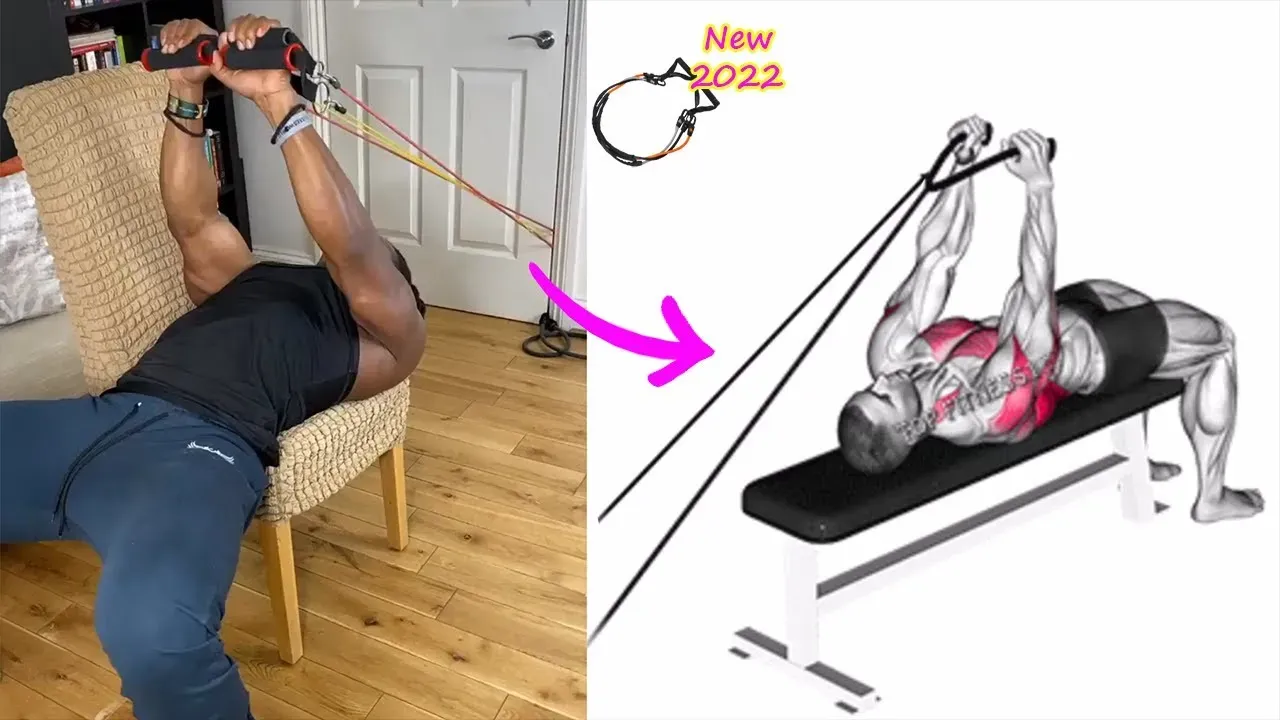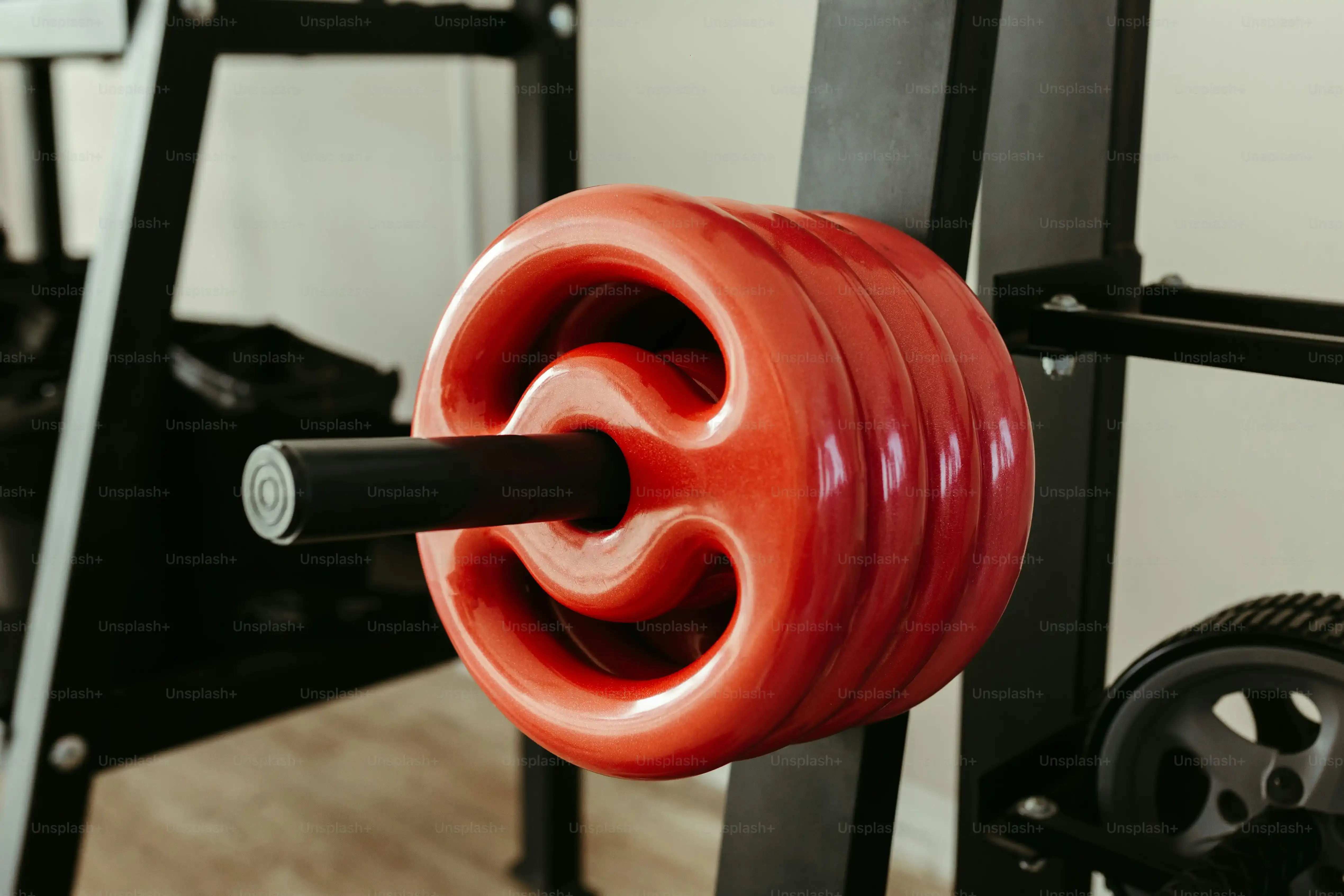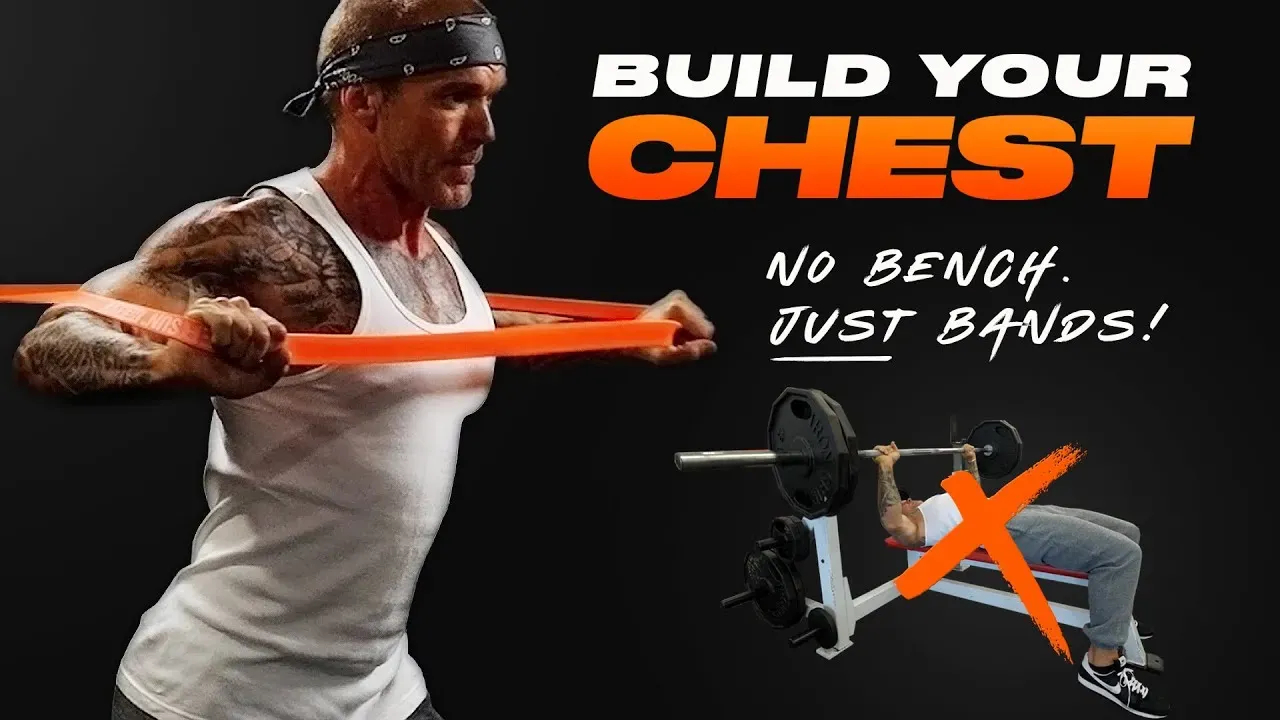Table of Contents
Tired of trying to build a solid chest without a gym full of heavy iron? Maybe you're traveling, short on space, or just prefer the comfort of your own four walls. Whatever the reason, getting an effective chest pump at home can feel like a puzzle. You see those bulky benches and racks online and think, "Nope, not happening." But what if I told you there's a way to get a killer chest workout using something simple, portable, and surprisingly tough?
Why Resistance Bands Are Great for Your At Home Chest Workout

Why Resistance Bands Are Great for Your At Home Chest Workout
Beyond the Dumbbell: Unique Benefits
so you're thinking, "Bands? Really? Can they actually build a chest?" Absolutely. One of the coolest things about resistance bands is how they work differently than free weights or machines. With dumbbells, the resistance is constant throughout the movement, dictated by gravity. But bands give you something called linear variable resistance. This means the resistance increases as you stretch the band further.
Think about a chest press. At the bottom of the movement, where your muscles are most stretched and potentially weakest, the band provides less resistance. As you push and your muscles contract, the band stretches more, and the resistance ramps up. This forces your muscles to work harder through their full range of motion, especially at the top, which can be fantastic for developing strength and getting that final squeeze.
Portability and Joint Friendliness
Let's be honest, lugging around a set of adjustable dumbbells is a hassle, and a full bench press setup is a non-starter for most apartments. Resistance bands? They fold up smaller than a t-shirt and weigh next to nothing. You can stash them in a drawer, a suitcase, or even a large pocket. This makes getting a workout in incredibly convenient, whether you're at home, traveling, or just want to sneak in some sets during your lunch break.
Plus, bands tend to be easier on your joints compared to heavy free weights. The smooth, continuous tension reduces the jarring impact you can sometimes feel with iron. This isn't to say they're "easy," just that the resistance feels different and can be a good option if you have cranky shoulders or elbows but still want an effective best at home chest workout with resistance bands.
- Bands provide increasing resistance as you stretch them.
- They challenge muscles through the full range of motion.
- They are incredibly portable and space-saving.
- Bands can be gentler on joints than free weights.
- They offer a different stimulus for muscle growth.
Choosing the Right Bands for Your Best At Home Chest Workout

Choosing the Right Bands for Your Best At Home Chest Workout
Different Types and Strengths
Alright, so you're sold on the idea of bands for your best at home chest workout with resistance bands. But walk into a fitness store or browse online, and you'll see a bewildering array. There are loop bands, tube bands with handles, and even mini-bands. For chest exercises, you'll primarily want to focus on the longer loop bands or tube bands with handles, as they offer the range of motion needed for presses and flyes.
The biggest difference you'll notice is the color coding. This isn't just for show; it indicates the resistance level. Light colors usually mean lighter resistance, while darker colors mean heavier. You'll see terms like "light," "medium," "heavy," and "extra heavy," or sometimes even poundage equivalents, though these are often estimates because the resistance changes as you stretch.
Picking the Right Resistance for You
Choosing the right band strength is crucial. Too light, and you won't challenge your muscles enough to grow. Too heavy, and you'll struggle with form, risking injury and not getting the full benefit. Think about it like picking dumbbells: you wouldn't try to bench press 200 pounds on your first day.
Start conservatively. It's better to go a little lighter initially and focus on controlled movements and feeling the muscle work. You should be able to complete your target number of reps (say, 10-15) with good form, but feel a significant challenge by the last few reps. If you can breeze through 20 reps without feeling much, you need a heavier band. If you can only manage 3-5 shaky reps, it's too heavy. Many people find having a set of bands with varying resistances is the most practical approach, allowing them to progress and use different bands for different exercises or parts of their workout.
Band Color (Typical) | Resistance Level | Best For (Chest) |
|---|---|---|
Yellow/Red | Light | Warm-ups, high reps, mobility |
Green/Blue | Medium | Standard sets, muscle endurance |
Black/Purple | Heavy | Strength building, fewer reps |
Orange/Grey | Extra Heavy | Advanced strength, assisted exercises (like pull-ups, maybe not chest!) |
Essential Exercises for Your Best At Home Chest Workout with Resistance Bands

Essential Exercises for Your Best At Home Chest Workout with Resistance Bands
The Band Chest Press: Your Foundation
so you've got your bands. Now what? The cornerstone of almost any chest routine, band or otherwise, is some form of press. The band chest press is your go-to for building that foundational pushing strength. Anchor the band securely behind you, perhaps around a sturdy pole, a closed door with an anchor attachment, or even under your back if you're lying down (though anchoring is usually better for range of motion).
Grab the handles (or the band itself if it's a loop) with your palms facing down, roughly shoulder-width apart. Step forward until you feel tension in the band. This is your starting position. From there, press your hands straight forward, extending your arms fully, really focusing on squeezing your chest muscles at the top. Control the band as it pulls your hands back to the starting position. This controlled negative is just as important as the press itself. Aim for a steady tempo, maybe 2 seconds out, 2 seconds back. Don't let the band snap you back!
Adding Width and Definition with Band Flyes
While presses build mass and pushing power, flyes are crucial for hitting the chest from a different angle and adding that width and definition. For band flyes, you'll likely use the same anchor point setup as the press, or perhaps a higher anchor if you're targeting the lower chest. Stand facing away from the anchor point, holding the band handles in each hand.
Start with your arms extended out to the sides, a slight bend in the elbow to protect the joint. Keeping that slight bend, bring your hands together in front of your chest in a wide arc, like you're hugging a barrel. Really concentrate on squeezing your pecs as your hands meet. Slowly control the band as your arms open back up to the starting position. You should feel a stretch across your chest at the widest point. This movement isolates the pecs beautifully and is a must-do in any best at home chest workout with resistance bands.
- Band Chest Press: Anchor securely, press forward, squeeze chest, control the return.
- Band Flyes: Anchor behind you, arms wide with slight bend, bring hands together in an arc, squeeze pecs, control the return.
- Band Push-ups: Loop a band across your upper back, holding ends under your hands. Perform standard push-ups against the band's resistance.
- Band Pullovers: Lie on your back, loop band around feet, hold other end with both hands over chest. Keeping arms straight, lower band overhead while engaging lats and chest.
Building Your Best At Home Chest Workout with Resistance Bands: Sample Routine & Tips

Building Your Best At Home Chest Workout with Resistance Bands: Sample Routine & Tips
Alright, you've got your bands, you know the key moves – the presses, the flyes, maybe you've even tried those band-assisted push-ups. Now, how do you stitch it all together into a solid session? Crafting your best at home chest workout with resistance bands isn't rocket science, but it does require a plan. Think about hitting your chest from different angles. A good routine might start with a compound movement like the standing band chest press for overall strength, move into band flyes to broaden the chest and focus on that inner squeeze, perhaps include some band push-ups for added resistance and core work, and finish with something like band pullovers if you feel like incorporating that stretch and upper pec/lat engagement. Aim for 3-4 sets of 10-15 repetitions for most exercises, adjusting the band tension so the last few reps are a real grind but your form stays clean. Rest 60-90 seconds between sets. As you get stronger, you'll either need to increase the resistance by using a heavier band, shortening the band (if possible), or slowing down the eccentric (lowering) phase of the exercise to increase time under tension.
Your Chest, Your Home Gym: Wrapping It Up
So there you have it. Ditching the crowded gym floor and still building a respectable chest isn't some fitness fantasy. Resistance bands, those unassuming rubber loops, offer a legitimate path to strength and definition right from your living room. We've covered why they work, how to pick the right ones, and the specific moves that target those pec fibers effectively. It's not just about convenience; the variable tension and range of motion you get with bands can hit your muscles in ways traditional weights sometimes miss. Stop making excuses about needing expensive equipment or a dedicated space. Your best at home chest workout with resistance bands is waiting. Grab your bands, find an anchor, and get to work. The results might just surprise you.
